|
Posted by Chris Thomson Well done, you’ve bought all the gear you need to create amazing videos, you can now successfully create an engaging video for any potential client… Wrong. You can have all the gear, look like a pro and find yourself twiddling your thumbs not knowing what to do with your time because nobody will book you, which’ll force you to get a job at Maccas to pay off all that gear that you just bought. Well done, you’ve bought all the gear you need to create amazing videos, you can now successfully create an engaging video for any potential client… Wrong. You can have all the gear, look like a pro and find yourself twiddling your thumbs not knowing what to do with your time because nobody will book you, which’ll force you to get a job at Maccas to pay off all that gear that you just bought. I’m not saying you shouldn’t buy all those big ticket items, and I’m not saying that you should; it all depends on what you are filming. If you’re filming small product videos, you don’t need that $15,000 camera, external recorder, boom microphones, jib arms, and so on. But if you’re filming high end corporate and commercial videos, having that gear there at your disposal will make your video production a lot easier and reflect on your work. You need to identify your market and buy the gear appropriate for that. But let’s take a step back. One of the most important things to know is actually how to use that gear. If you’ve only ever used a DSLR, you’re going to find it quite hard going onto a cinema camera. You’ve got different codecs, new operating systems, and what not. It’s going to feel awkward and if you don’t learn how to use it properly, it will reflect on your work pretty quickly. We have a large amount of gear at Motion Factory and each and every piece that we have, I spent hours upon hours learning the ins and outs of each one. Now I’m not going to lie, we don’t use all this gear all the time, but when we need to do a fully lit multi-camera corporate interview, we know exactly how to light and positon each and every piece of equipment and use the cameras to get the full potential out of that shoot. Likewise, when we’re doing a location shoot in a hand-held run-and-gun style of cinematography, we’re set up for that. What I’m saying I guess, is don’t use gear you don’t know how to use. Do what you do best, whether it’s: a) Shooting everything on a tripod using just your DSLR; or b) Shooting using cinema cameras with professional tripods, full lighting kits, steadicams, external recorders, drones, sliders, easyrigs, audio gear and so on. If you know how to use your own gear, you know what one will not only look better, but connect with the audience more effectively. You’ll also produce a better end product, and your clients will appreciate the professionalism. Take a look at Travis video below where he's demonstrating the difference between shooting on a 3-axis gimbal compared to handheld shooting. It really shows just how important the right gear is for the job.
1 Comment
|
BLOG AUTHORS:Chris ThomsonProducer, videographer, editor - Motion Factory's Director of Photography has a huge passion for film making. Travis james annabelFilmmaking has been a passion of Trav's for as long as he can remember. Archives
February 2018
Categories |
© 2016 Motion Factory Pty Ltd, all rights reserved.
ACN: 614 962 113 | Email: [email protected].
Privacy Policy | Terms & Conditions
ACN: 614 962 113 | Email: [email protected].
Privacy Policy | Terms & Conditions

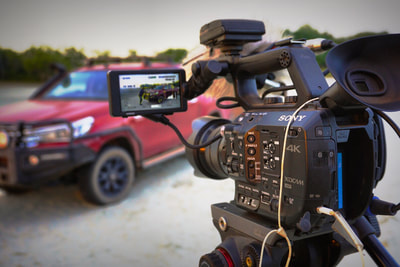
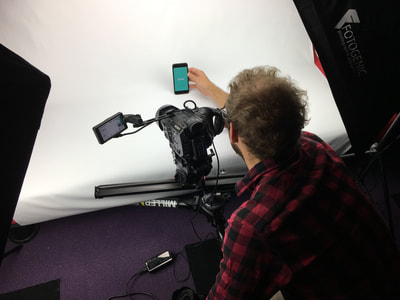
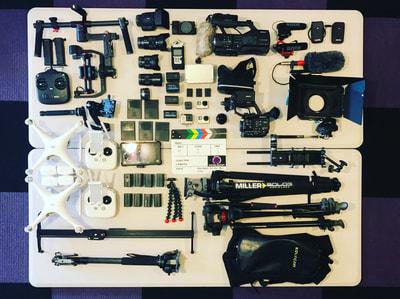
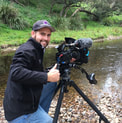
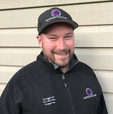
 RSS Feed
RSS Feed